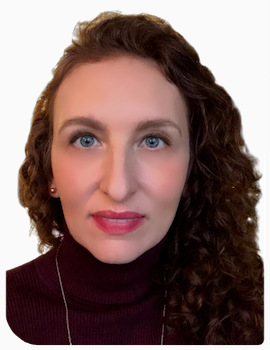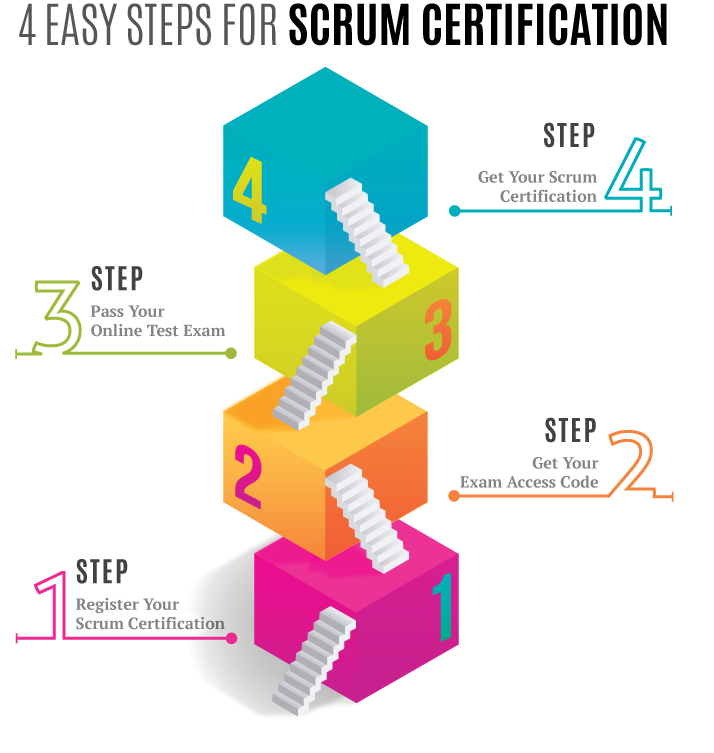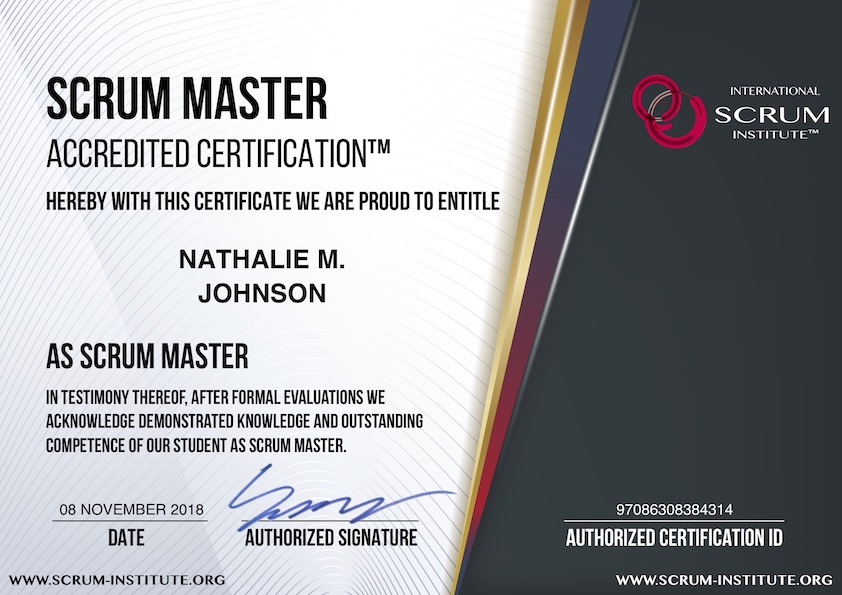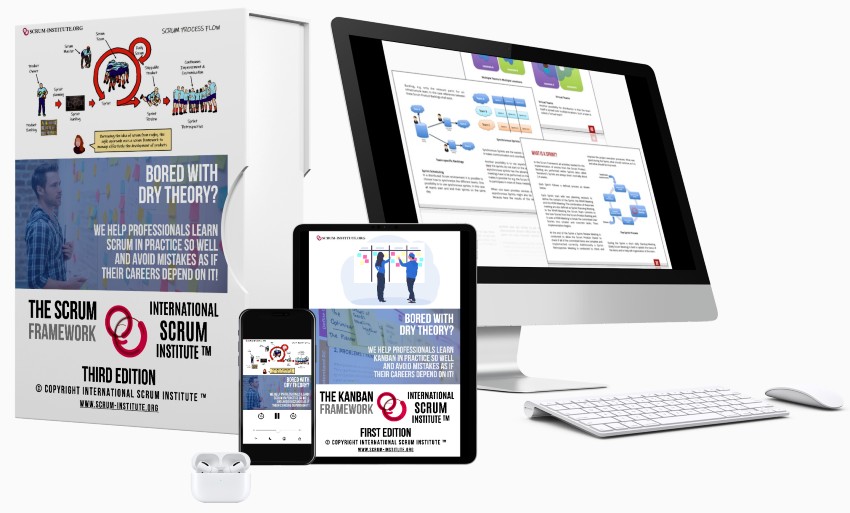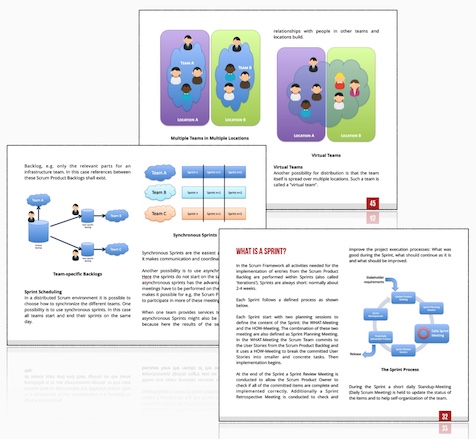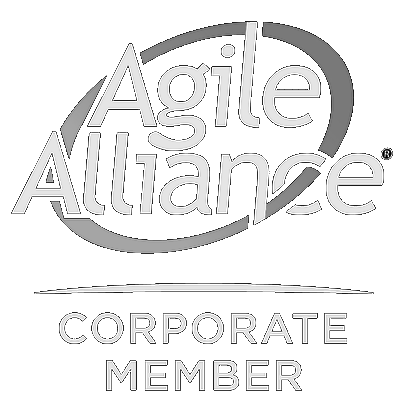What Is The Role Of The Scrum Team? This Might Surprise You!
The Scrum Framework recognizes three roles:
- The Product Owner,
- The Scrum Team Member,
- The Scrum Master.
In addition to other programs it's providing to its
worldwide students, International Scrum
Institute™ provides three primary training and
certification programs for these three roles.
These programs are namely Scrum Product
Owner Accredited Certification™ (SPOAC™),
Scrum Team Member Accredited Certification™
(STMAC™), and Scrum Master Accredited
Certification™ (SMAC™) .
A proper scrum organization must adequately
possess people from all these three skill-sets.
That's particularly essential to succeed with the
scrum software development framework.
None of these roles is indispensable and
irreplaceable. They cannot be combined with
the other scrum roles and functions.
Each Scrum Product Owner typically works
together with one scrum team. Each Scrum Team
has its own Scrum Master, and each Scrum
Master cares and works with one single Scrum
Team.
Please don't underestimate the importance of
understanding the purpose and function of these
roles and employing them with adequate talents.
Many times we observed that the root cause of
difficulties of a scrum team is either because
these roles are not understood or they don't
employ the right people.
Each of these roles has a defined set of
responsibilities. Only if the owners of these roles
fulfil these responsibilities, closely interact,
collaborate, and work together, they can finish a
Scrum project successfully.
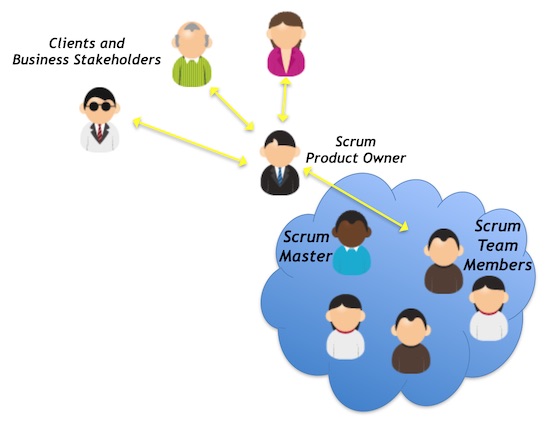
Scrum Roles & Stakeholders
The Scrum Team
Within the Scrum Framework, dedicated Scrum
Teams do all work delivered to the business
clients. A Scrum Team is a collection of
individuals working together to provide the
requested and committed product increments.
To work effectively, it is essential for a Scrum
Team that everyone within the team:
- Embraces values of the Scrum Framework such as Courage, Focus, Commitment, Respect, and Openness,
- Adheres the same norms and rules,
- Follows the common goal, which wires them to both IT and business outcomes.
When setting up a new Scrum Team, you always
need to keep in mind that no new team will
deliver with the highest possible performance
right from the beginning. After setting up the
team, it has to go through certain phases as
described by the Tuckman-Model: Forming,
Storming, Norming, Performing.
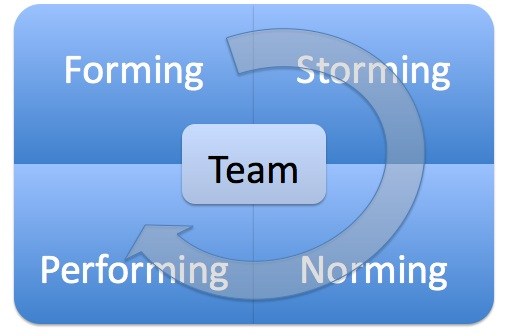
Tuckman’s Stages of Team Development
How long it takes until the Scrum Team reaches
the Performing Phase varies from team to team.
Hiring good basketball players for the same club
will not make a good basketball team as soon as
they start to play together. They first need to
learn and adapt their playing styles, their
strengths and weaknesses to assist each other,
and to play in harmony. Scrum teams are not
that different. Therefore, it's vital to keep in mind
that it usually takes about 3 to 5 Sprints until the
team becomes mature enough to deliver its
results effectively and predictably.
Characteristics of a Scrum Team
Scrum Teams have the following characteristics:
- Team members share the same norms and rules,
- The Scrum team as a whole is accountable for the delivery,
- The Scrum Team is empowered,
- The Scrum Team is working as autonomous as it is possible,
- The Scrum Team is self-organizing,
- The skills within the Scrum team are balanced,
- A core Scrum Team is small and has no sub-teams,
- The Scrum Team members are dedicated to their teams with 100% capacity,
- Scrum Team members are collocated, and they ideally share the same room.
Rules & Norms
The environment, business, IT, and geographical
ecosystem of Scrum Teams invisibly define some
of the norms the teams follow. And yet, to
become a truly successful Scrum Team, some
rules and norms should be explicitly developed
and exercised during the Norming phase.
These common standards are essential, and they
can't be overemphasized to deliver smooth
gameplay, IT, and business results. Otherwise,
the Scrum Team members would have to
continually switch back and forth between
different value systems and rule sets, and they
waste their valuable time. Just a few examples of
such norms and rules are:
- The goal, scope, duration, location, participants and outcomes of Scrum Rituals (Events),
- Required level of details to write clear, concise and unmistakable Definition Of Dones (DoDs),
- Guidelines to prioritize and estimate user stories and tasks,
- Guidelines, procedures and the level of details to create living documents,
- Tools to use and tools not to use (remember, sometimes less is more),
- Coding standards,
- Tools and guidelines to build/perform manual/automated tests and ensure quality,
- The process to resolve bugs,
- The process to handle change requests,
- The process to prepare to product increment demonstrations during Sprint Review Meetings,
- The process to handle the outcomes of each Scrum Ritual (Event),
- Frequency, depth, and duration of Backlog Refinement Meetings.
Accountability
The Scrum Team as a whole is responsible for
delivering the committed user stories in time and
with the highest possible quality.
A good result or a failure is never attributed to a
single team member but always the result of the
Scrum Team.
Empowerment & Self-organization
The Scrum Team has to be empowered to define
- What the team commits to deliver at the end of the Sprint,
- How the committed user stories will be broken down into tasks,
- Who will perform a specific task and in which order the tasks are implemented.
Only if the Scrum Team is empowered to decide
these and similar internal decisions, the team
members will work with higher performance and
motivation for the interest of their client
stakeholders.
Balanced set of skills
Each Individual within the Scrum Team will most
certainly have specialized skills, focus, and
personal preference of interests. However, to
achieve the best possible performance, your
Scrum Team needs to have a balanced set of
skills. Only then the Scrum Team will be able to
deal with the ever-changing IT and business
challenges, and they can act as autonomous as it
is possible.
That means a Scrum Team should be multidisciplinary
(designers, developers, testers, architects,
etc.) right from the beginning. On the other hand,
this also means that each team member should
learn a little bit from each other's specialization.
For instance, to be able to finish a committed
user story until the end of the Sprint, a developer
should willingly write and execute tests, and
consult the tester whenever necessary.
The roles of the Scrum Team members are not
compartmentalized like the architect, the developer,
the tester, and so on. They all share the
same title, "Scrum Team Member" regardless of
their core personal competencies.
Size of the Scrum Team
Scrum Teams are small. The ideal size is 7 +/- 2 people.
Note that if the Scrum Team contains more than
nine members, your team will most probably
suffer due to excessive overhead of alignment
and communication. And yet, there is no one size
fits all answer. Your Scrum Teams may still
productively function even if they have less than
five or more than nine members.
The only way to find this out is to test, learn, and
adapt. If you find out that a team of 13 people
cannot perform well enough, then these Scrum
Teams need to be split into two teams. These
Scrum Teams should closely align, and they
correlate their goals and user stories. Besides
that, they work independently.
Collocation
To minimize unnecessary communication overhead,
each Scrum Team should be collocated. If
the work has to spread over multiple geographical
locations, independent Scrum Teams need
to be created. These teams need to align and
correlate their goals and user stories.
Responsibilities of the Scrum Team
The Scrum Team has specific responsibilities they need to fulfill:
- They have to breakdown the user stories,
create tasks, define priorities and estimates,
and they self-organize the implementation. In
other words, they have to create, process, and
deliver the Sprint Backlog.
- They have to perform Daily Scrum Meetings.
- They have to ensure that at the end of the Sprint, potentially shippable product increment is delivered and demonstrated.
- They have to update the status and the remaining work efforts for their tasks to allow the creation of a Sprint Burndown Diagram.
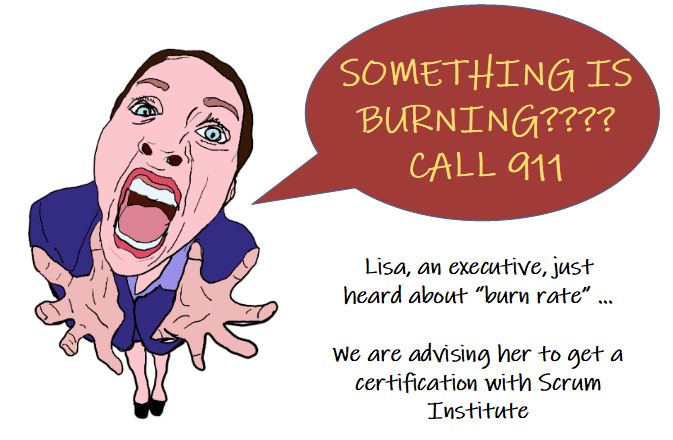
Learning Scrum can be a challenge.
But don’t worry about it. We built our
products to help and serve you!
Share It With Your Colleagues and Friends to Help Them Learn:
What Is The Role Of The Scrum Team? This Might Surprise You!
|
|

|

|

|

|
|
 SCRUM INSTITUTE™
SCRUM INSTITUTE™


